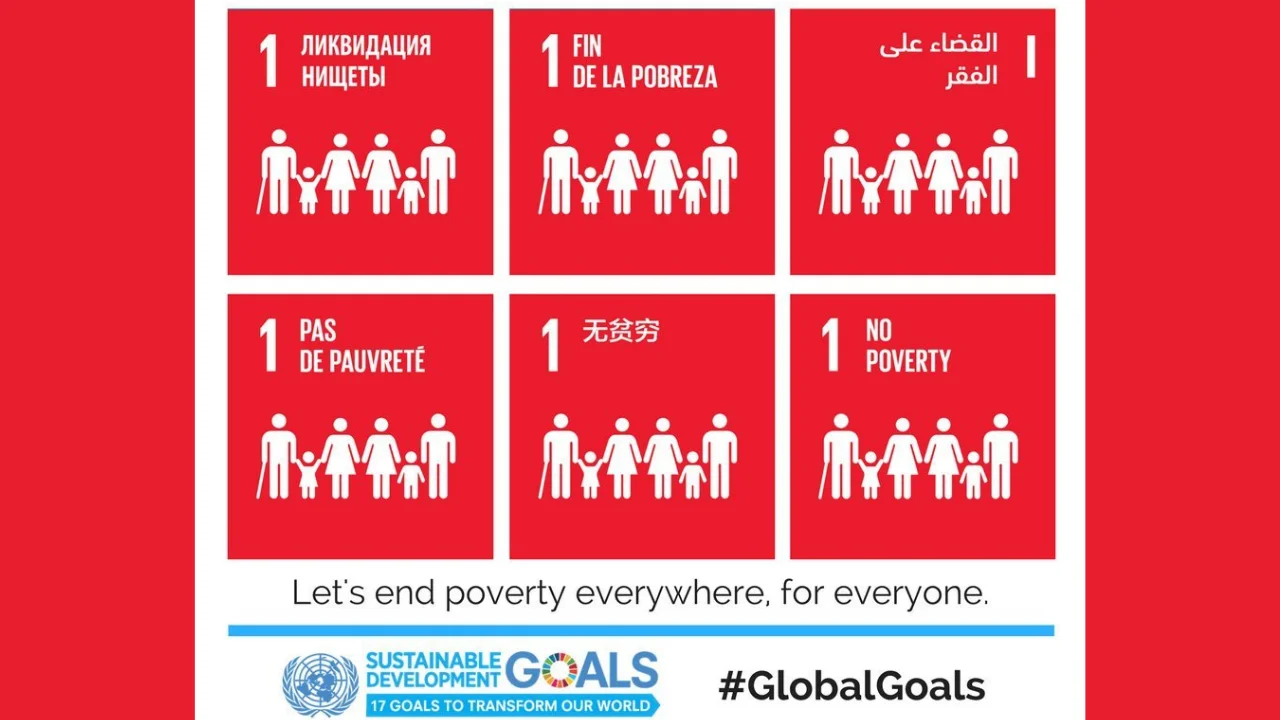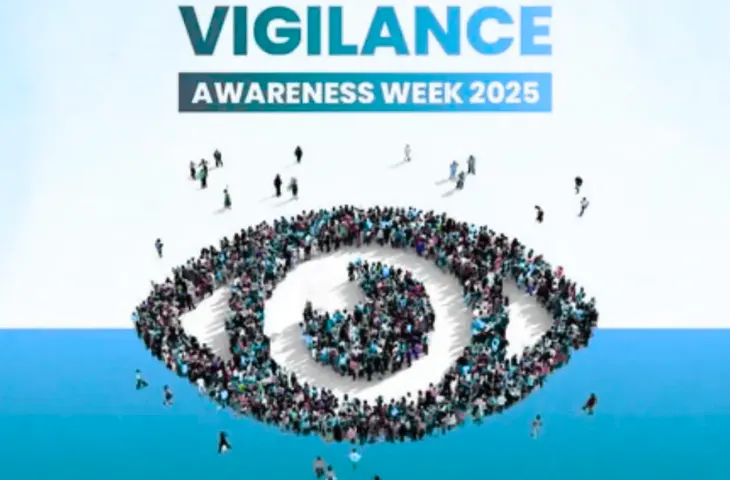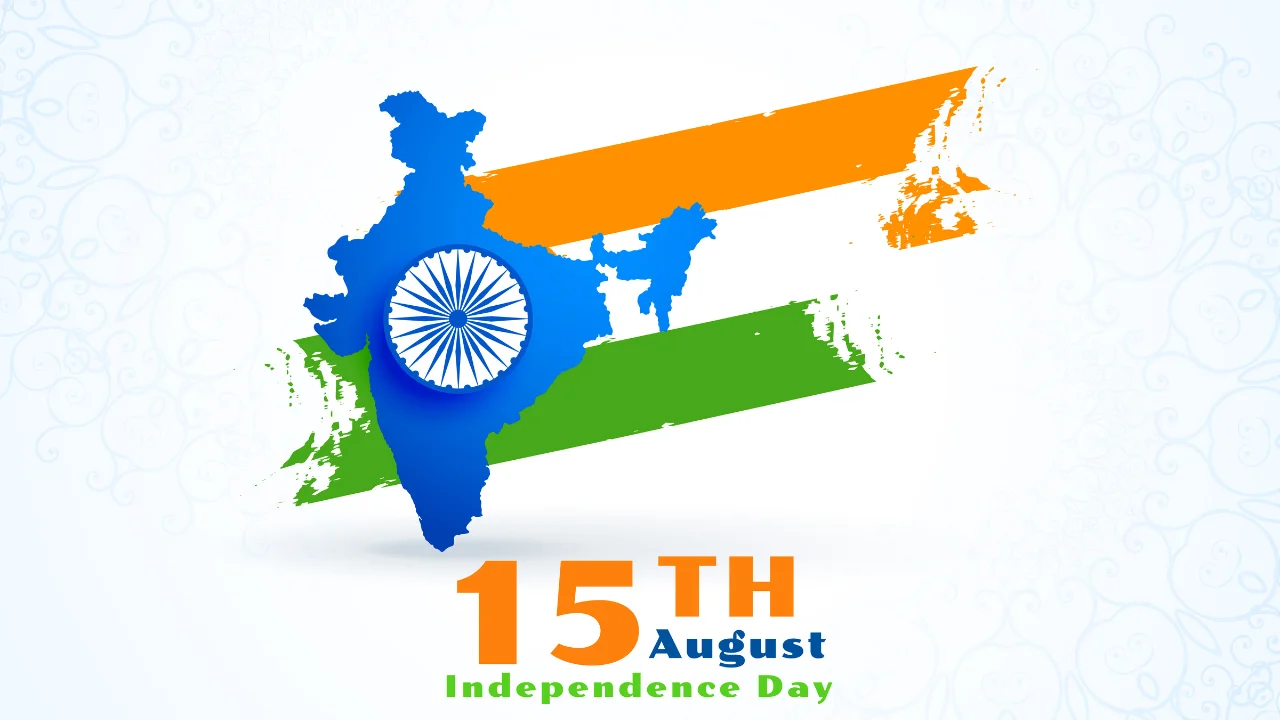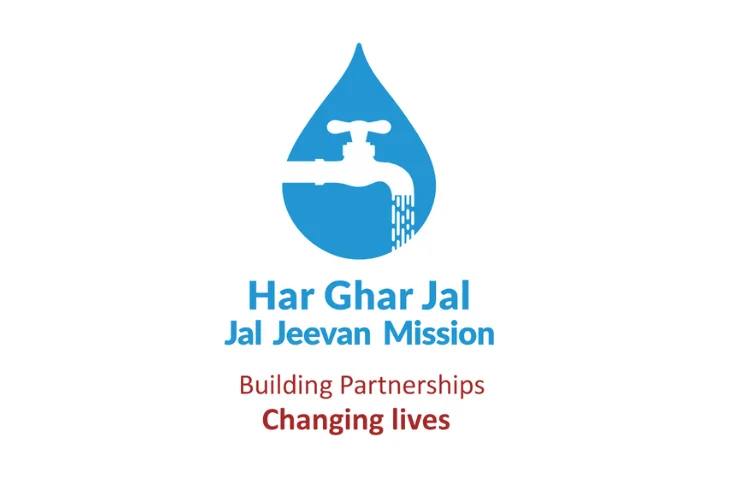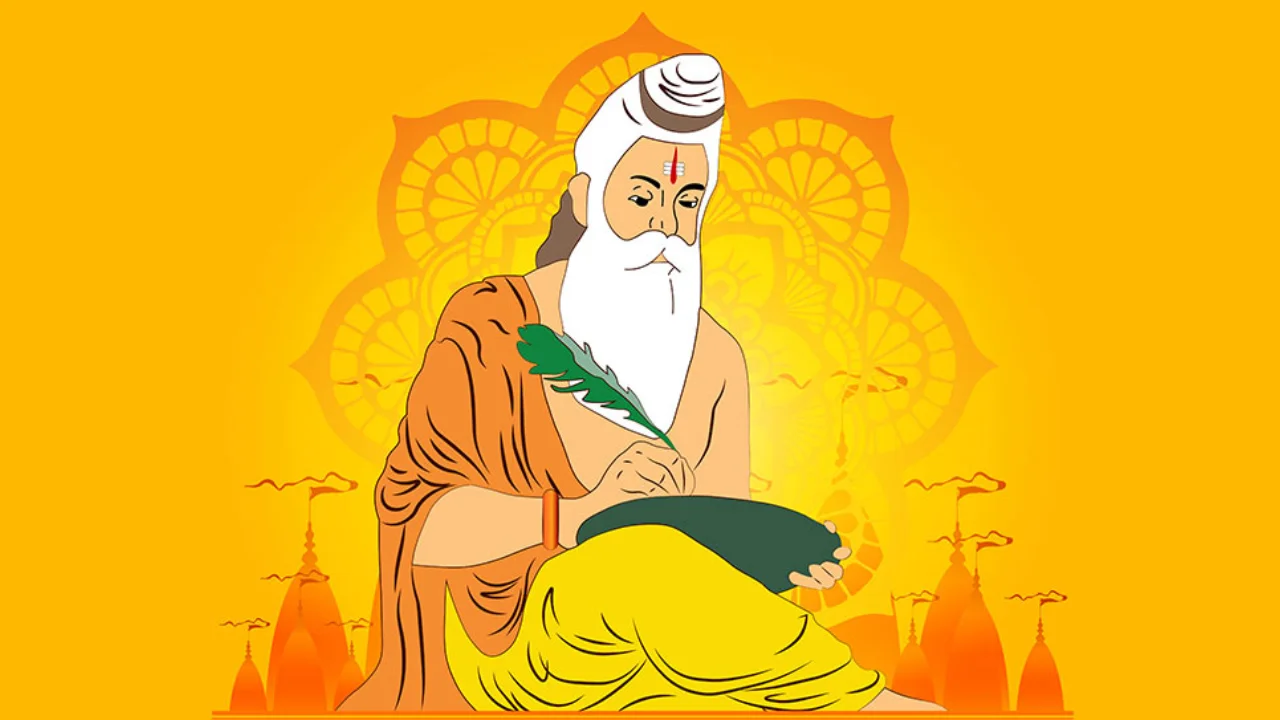Last updated on September 25th, 2025 at 03:43 pm
International Day for the Eradication of Poverty 2025
The International Day for the Eradication of Poverty is celebrated annually on October 17th to raise awareness about the global poverty crisis and to promote solutions to the problem. It also honors the efforts of people living in poverty and those working to overcome social and economic inequalities worldwide.
International Day for the Eradication of Poverty Theme 2025
The official theme for the International Day for the Eradication of Poverty in 2025 is not yet available, as it is determined by a consultation process with people who have lived experience of poverty. However, the general focus for the day will be on ensuring respect and effective support for families, addressing the social and institutional maltreatment they face, and promoting inclusive societies.
What is Poverty?
Poverty is more than just lack of money; it includes hunger, malnutrition, limited education and services, social exclusion, and lack of decision-making power. In 2015, over 736 million people (about 10% of the global population) lived in extreme poverty. For every 100 men aged 25–34 in poverty, 122 women were affected, and over 160 million children risk remaining in extreme poverty by 2030.
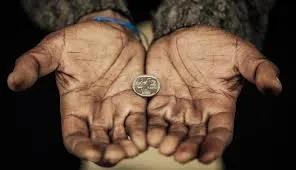
- Poverty is more than just lack of income; it includes hunger, malnutrition, limited access to education and essential services, social exclusion, and inability to participate in decisions.
- In 2015, over 736 million people lived below the international poverty line, representing roughly 10% of the global population.
- Gender disparity exists: for every 100 men aged 25–34 living in poverty, 122 women were in poverty.
- Over 160 million children risk experiencing extreme poverty by 2030 if current trends continue.
- Southern Asia and sub-Saharan Africa are projected to see the largest increases in extreme poverty due to the pandemic.
- The share of workers living in extreme poverty fell from 14.3% in 2010 to 7.1% in 2019.
- Before COVID-19, projections suggested 6% of the global population would still live in extreme poverty by 2030, missing the UN target.
- The pandemic threatens to push over 70 million additional people into extreme poverty.
- One in five children live in extreme poverty, affecting their long-term development and opportunities.
- In 2016, 55% of the world’s population, about 4 billion people, lacked access to any social protection.
Ready to achieve your goals through competitive exams? Check out our Free Mock Tests, Exam Courses, and more to start your journey.
History of International Day for the Eradication of Poverty
The International Day for the Eradication of Poverty, observed on October 17, has its roots in a 1987 gathering in Paris to honor victims of extreme poverty and promote human rights.
- On October 17, 1987, over 100,000 people gathered at the Trocadéro in Paris, where the Universal Declaration of Human Rights was signed, to honor victims of extreme poverty, violence, and hunger.
- Participants declared that poverty is a fundamental violation of human rights and emphasized the need to unite for its eradication.
- A commemorative stone was unveiled during the event, inscribed with these principles, serving as a symbol of solidarity.
- Since then, people worldwide gather annually on October 17 to reaffirm their commitment to supporting those living in poverty.
- Replicas of the commemorative stone have been placed in various locations, including the United Nations Headquarters garden in New York, which hosts the annual UN commemoration.
- On December 22, 1992, the UN General Assembly adopted Resolution 47/196, officially designating October 17 as the International Day for the Eradication of Poverty.
- The resolution encourages member states to engage in practical activities for poverty eradication and invites intergovernmental and non-governmental organizations to support national events.
- On December 22, 1992, the UN General Assembly adopted Resolution 47/196, officially designating October 17 as the International Day for the Eradication of Poverty.
- Member states are encouraged to dedicate this day to practical activities aimed at eradicating poverty and destitution within their national contexts.
- The resolution invites intergovernmental and non-governmental organizations to assist countries, upon request, in organizing national events for the observance.
- The UN Secretary-General is tasked with taking necessary measures, within available resources, to ensure the success of the United Nations observance of the Day.
Poverty and the Sustainable Development Goals (SDGs)
The Sustainable Development Goals (SDGs) aim to eradicate poverty in all its forms by 2030, ensuring equal access to resources and opportunities for all.
- Ending poverty is the first and foremost goal among the 17 SDGs of the 2030 Agenda for Sustainable Development.
- SDG Target 1.A focuses on mobilizing resources from multiple sources, including enhanced development cooperation, to support poverty eradication programs in developing countries.
- The SDGs promote effective national and regional policy frameworks that prioritize the needs of economically disadvantaged populations.
- Gender-specific considerations are included to ensure both men and women have equal access to economic resources by 2030.
- Equal rights under the SDGs cover essential services, land and property ownership, inheritance, natural resources, new technologies, and financial services, including microfinance.
Significance of International Day for the Eradication of Poverty
The International Day for the Eradication of Poverty holds great importance as it highlights the global fight against poverty and encourages collective action.
- Raises awareness about the global poverty crisis, helping people understand its causes, consequences, and misconceptions.
- Promotes solutions at individual and societal levels to tackle the root causes of poverty.
- Provides a platform for the world’s poor to share their stories and advocate for their rights.
- Celebrates progress made in reducing poverty and inspires continued efforts toward a more just and equitable world.
- Reinforces the message that poverty is not inevitable and can be addressed with determination and collective action.
If you are preparing for Government Exams, check out the latest SSC CGL Notification for upcoming opportunities.
Key Takeaways of International Day for the Eradication of Poverty
The International Day for the Eradication of Poverty reminds us of the global fight against poverty and the steps needed to create a just and equitable world.
- Reinforces that poverty is not inevitable and can be eradicated through collective action.
- Highlights the importance of addressing global poverty and its impact on millions of people.
- Focuses on raising awareness about the causes, consequences, and misconceptions of poverty.
- Encourages practical solutions at both individual and societal levels.
- Provides a platform for the poor to share their stories and advocate for their rights.
- Celebrates progress made in reducing poverty and inspires continued efforts.
FAQs
Ans. It is observed every year on October 17.
Ans. The day is celebrated to raise awareness about global poverty, promote solutions, and give a voice to people living in poverty.
Ans. The UN officially designated October 17 as the International Day for the Eradication of Poverty through Resolution 47/196 on December 22, 1992.
Ans. The stone, first unveiled in Paris in 1987, honors victims of poverty, violence, and hunger, and serves as a symbol of solidarity with the poor.
People can organize or attend awareness programs, share stories, support poverty eradication initiatives, and promote social protection measures.
- Promoting Honesty and Integrity, Vigilance Awareness Week 2025
- India Independence Day 2025 (15th August), Theme & Significance
- Jal Jeevan Mission, Ensuring Safe and Sustainable Drinking Water
- International Day for the Eradication of Poverty 2025, Theme, History & More
- Maharishi Valmiki Jayanti 2025, History, Significance & How to Celebrate
- World Anesthesia Day 2025, Theme, History & More

Hello, I’m Aditi, the creative mind behind the words at Oliveboard. As a content writer specializing in state-level exams, my mission is to unravel the complexities of exam information, ensuring aspiring candidates find clarity and confidence. Having walked the path of an aspirant myself, I bring a unique perspective to my work, crafting accessible content on Exam Notifications, Admit Cards, and Results.
At Oliveboard, I play a crucial role in empowering candidates throughout their exam journey. My dedication lies in making the seemingly daunting process not only understandable but also rewarding. Join me as I break down barriers in exam preparation, providing timely insights and valuable resources. Let’s navigate the path to success together, one well-informed step at a time.
